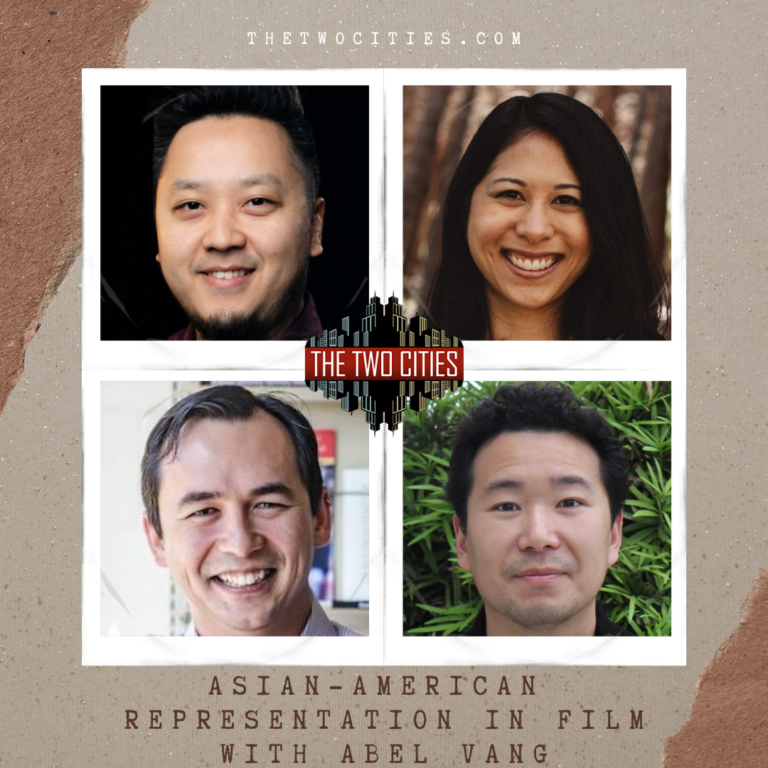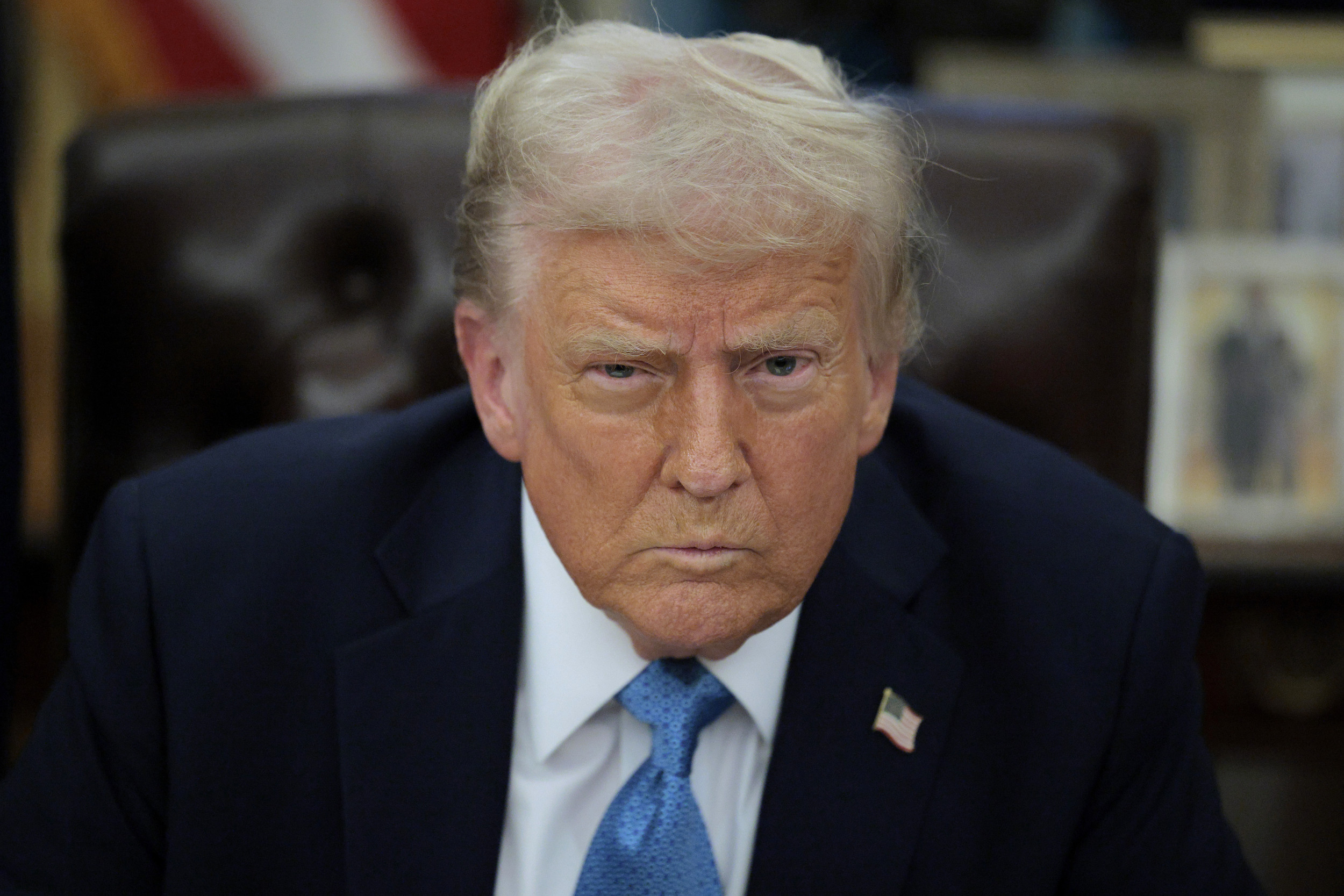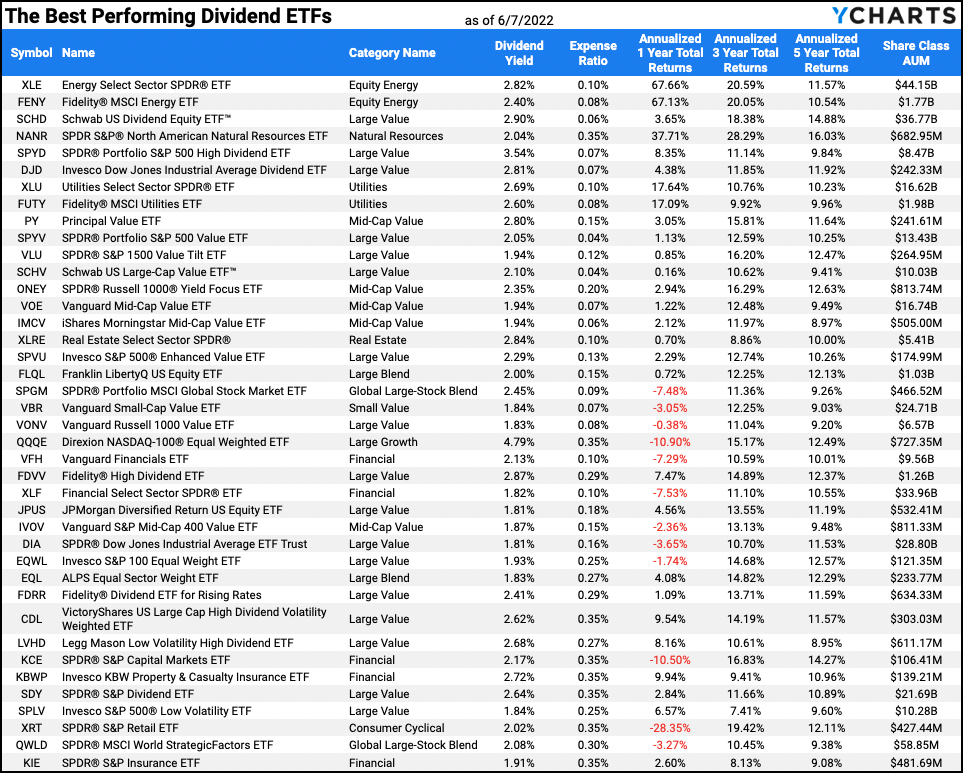Asian And Asian American Representation In Media: A Call For Deeper Storytelling

Table of Contents
The Persistent Problem of Stereotypes
The underrepresentation of Asian and Asian Americans in media is deeply intertwined with the persistent problem of harmful stereotypes. These stereotypes not only misrepresent the diversity within Asian communities but also have significant real-world consequences.
The "Model Minority" Myth: This insidious stereotype paints Asian Americans as inherently intelligent, hardworking, and docile, often overshadowing the struggles faced by many within the community. It fosters unrealistic expectations and ignores the socioeconomic disparities, mental health challenges, and systemic racism experienced by many Asian Americans.
- Examples: The overrepresentation of Asian Americans in STEM fields in media, often without acknowledging the pressures and sacrifices involved. The portrayal of Asian American families as perpetually successful and without conflict.
- Consequences: This stereotype can lead to internalized pressure, feelings of inadequacy, and a silencing of diverse experiences. It also contributes to the erasure of struggles faced by Asian Americans, preventing meaningful discussions about inequality.
- Impact: The "model minority" myth creates a false narrative of seamless assimilation and prevents open conversations about discrimination and prejudice.
Other Problematic Tropes: Beyond the "model minority" myth, other damaging stereotypes plague media representations of Asian and Asian Americans. These include:
-
The hypersexualized Asian woman: Often depicted as submissive, exotic, and available for the male gaze.
-
The emasculated Asian man: Frequently portrayed as nerdy, asexual, or subservient to Western male characters.
-
The villainous Asian mastermind: A recurring trope that associates Asian characters with cunning, deceit, and malice.
-
Examples: The hypersexualization of Asian women in Hollywood films and the perpetuation of the "dragon lady" archetype. The portrayal of Asian men as sidekicks or comedic relief. The recurring villainous roles played by Asian actors in action movies.
-
Impact: These portrayals reinforce harmful gender stereotypes and perpetuate negative biases, contributing to real-world discrimination and prejudice. They limit the range of roles available to Asian and Asian American actors and reduce the complexity of their characters.
-
Perpetuation: These damaging stereotypes are often unintentionally perpetuated through lack of diverse voices in the creative process.
Underrepresentation and Lack of Diversity
The issues of harmful stereotypes are further exacerbated by the profound underrepresentation and lack of diversity in media. This limited representation restricts the range of narratives and experiences showcased, reinforcing a narrow and incomplete image of Asian and Asian American communities.
The Scarcity of Asian and Asian American Leads: Despite growing demographics, Asian and Asian American actors are significantly underrepresented in leading roles in film and television. This lack of representation significantly impacts the perspectives and stories presented to audiences.
- Statistics: Analyze data from reputable sources about the representation of Asian and Asian American actors in leading roles compared to their population percentage.
- Impact: The lack of Asian and Asian American leads limits the types of stories told and perpetuates a sense of invisibility within the broader cultural landscape.
- Need: More leading roles for Asian and Asian American actors are crucial to offer diverse perspectives and authentic representations of their experiences.
The Absence of Diverse Narratives: The stories told about Asian and Asian Americans often lack depth and diversity. Many narratives fail to explore the intersectionality of race, gender, class, sexuality, and other factors within the community.
- Examples: The lack of stories exploring the experiences of LGBTQ+ Asian Americans, working-class Asian Americans, or Asian Americans with disabilities.
- Importance: Showcasing diverse experiences is essential to creating a more nuanced and accurate representation of the community.
- Intersectionality: Considering how different aspects of identity intersect to shape individual experiences is crucial for fostering authentic representation.
The Power of Authentic Storytelling
To counter the harmful effects of underrepresentation and stereotypical portrayals, it is crucial to champion authentic storytelling. This involves not only showcasing diverse narratives but also ensuring that Asian and Asian American voices are central to the creative process.
Examples of Positive Representation: While challenges remain, there are positive examples of media that effectively and authentically portray Asian and Asian American characters and stories.
- Specific Examples: Highlight films, TV shows, books, etc. that effectively showcase diverse characters and narratives. Analyze what makes these portrayals successful and the positive impact on audiences. Consider shows like "Fresh Off the Boat" or films like "Parasite" (while not strictly about Asian Americans, it provides an example of nuanced storytelling from an Asian perspective).
- Analysis: Focus on the elements that contribute to authenticity, including realistic character development, complex storylines, and avoidance of harmful stereotypes.
- Impact: Discuss how positive representations can challenge existing biases and broaden audience perspectives.
The Importance of Asian and Asian American Voices in the Creative Process: Having Asian and Asian American writers, directors, producers, and actors involved in every stage of media production is paramount.
- Benefits of Diverse Creative Teams: Diverse teams ensure authenticity, offer diverse perspectives, and lead to more nuanced and impactful storytelling.
- Opportunities: The need for increased opportunities for Asian and Asian American creatives is crucial for breaking down barriers and fostering inclusive storytelling.
- Impact of Authentic Voices: Authentic voices shape narratives that resonate with audiences and offer powerful and accurate reflections of lived experience.
Conclusion
The need for improved Asian and Asian American representation in media is undeniable. The damaging effects of stereotypes—from the "model minority" myth to the hypersexualization of women and the emasculation of men—must be actively challenged. The power of authentic storytelling, driven by diverse creative teams and inclusive narratives, is essential to achieving a more equitable and accurate portrayal of the Asian and Asian American experience.
Let's demand better, more nuanced Asian and Asian American representation in media. Support films and shows that prioritize authentic storytelling and amplify the voices of Asian and Asian American creatives. Only through concerted effort can we move beyond harmful stereotypes and create a more equitable and inclusive media landscape. Share this article to raise awareness about the importance of authentic Asian and Asian American representation in media.

Featured Posts
-
 Bayern Munich Thomas Mueller Et Sa Reponse Astucieuse A Un Journaliste
May 11, 2025
Bayern Munich Thomas Mueller Et Sa Reponse Astucieuse A Un Journaliste
May 11, 2025 -
 Court Upholds Alien Enemies Act Against Trump Challenge
May 11, 2025
Court Upholds Alien Enemies Act Against Trump Challenge
May 11, 2025 -
 100 000 Bass Fishing Tournament B And W Trailer Hitches Heavy Hitters At Smith Mountain Lake Next Week
May 11, 2025
100 000 Bass Fishing Tournament B And W Trailer Hitches Heavy Hitters At Smith Mountain Lake Next Week
May 11, 2025 -
 Blowout Win Celtics Clinch Division Title
May 11, 2025
Blowout Win Celtics Clinch Division Title
May 11, 2025 -
 A Simple Path To High Dividend Returns The Most Profitable Strategy
May 11, 2025
A Simple Path To High Dividend Returns The Most Profitable Strategy
May 11, 2025
